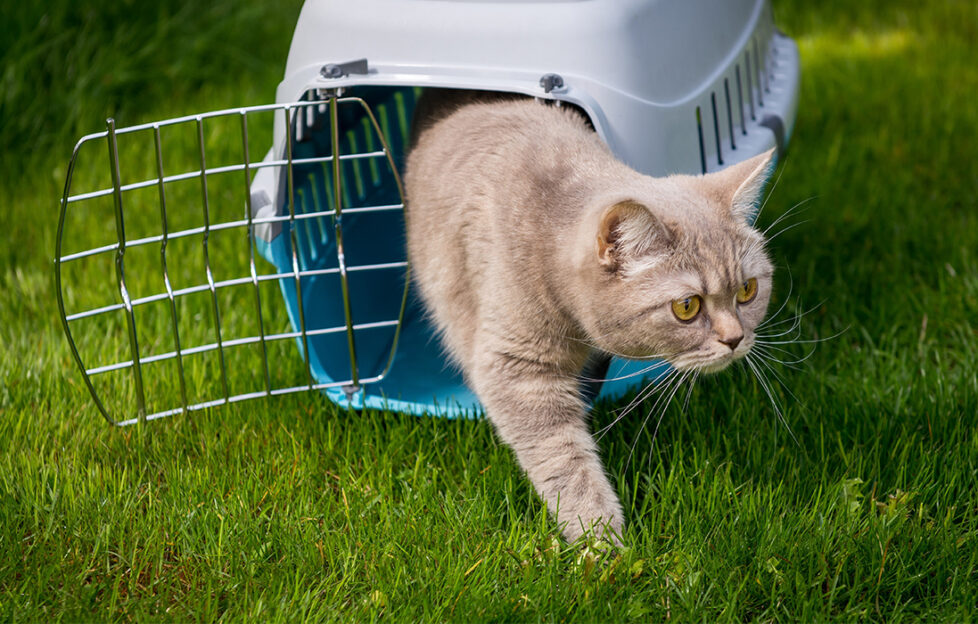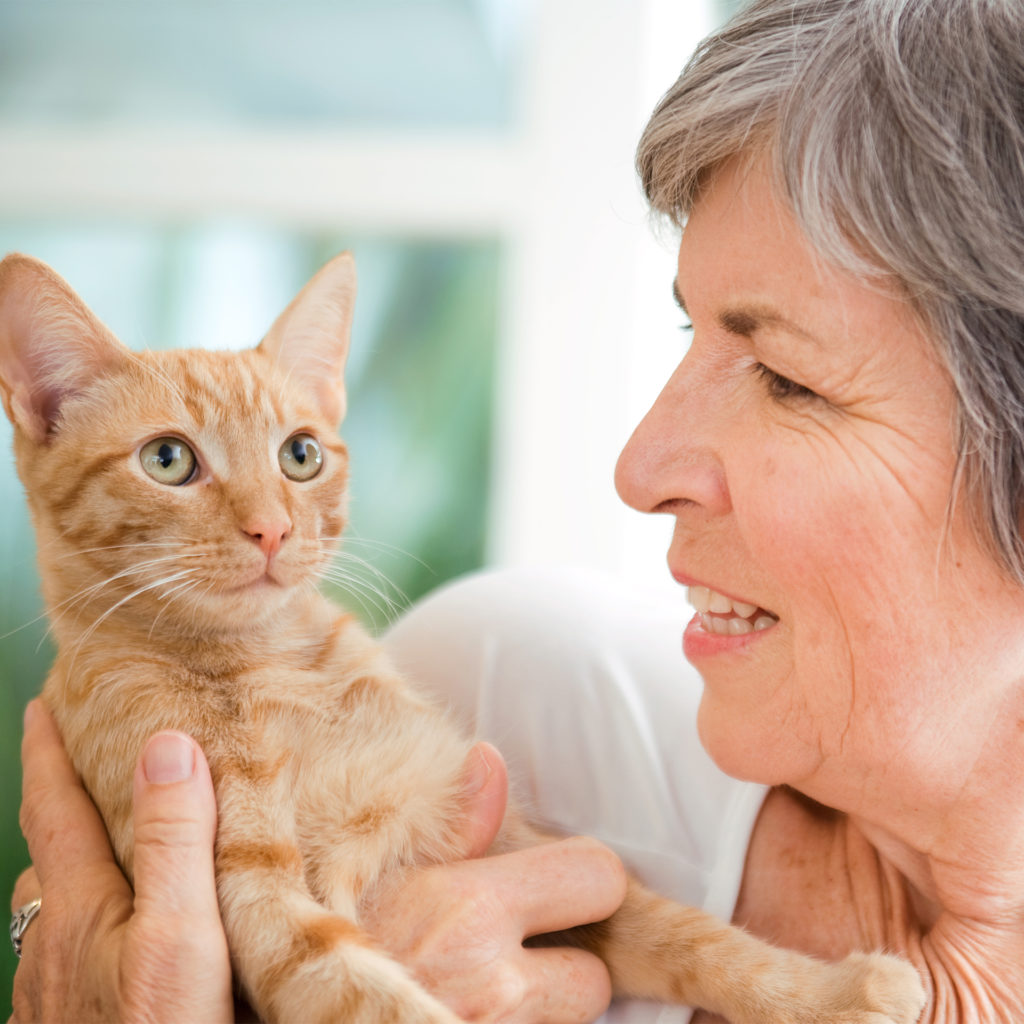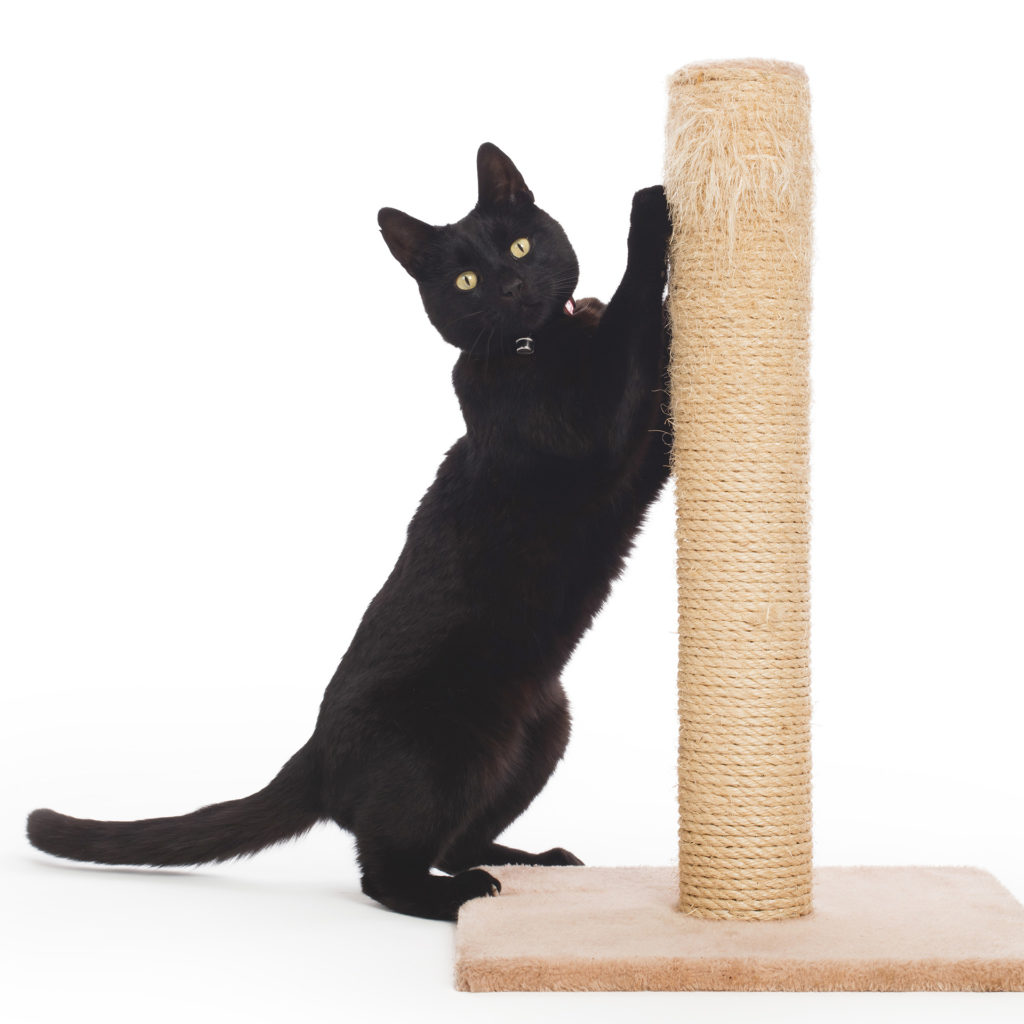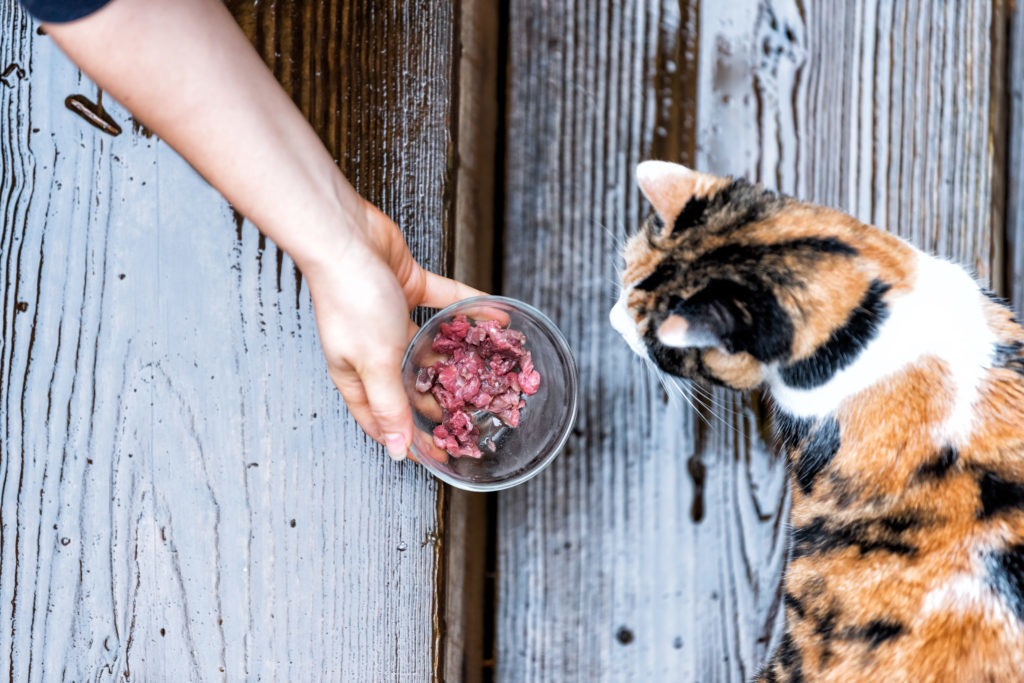How To Move House With Your Cat, Stress Free (Or Nearly)

Premium raw pet food brand Natural Instinct has teamed up with The Cat Welfare Group to offer advice to the thousands of pet owners moving home this summer.
Lockdown restrictions across the UK have prompted a number of behavioural changes for consumers:
- An astonishing 3.2 million households have acquired a pet since the first lockdown was implemented
- There has been a significant increase when it comes to an interest in home cooking
- Various forms of outdoor exercise have rocketed in demand
- Perhaps one of the biggest shifts though, is in choosing where to live.
The housing market has thrived since the first lockdown in the UK as buyers race to beat the stamp duty holiday deadline, escape inner cities and move to larger, more spacious properties. In fact, just last month it was revealed that residential property transactions soared by 138% when comparing year on year.
But what does moving home mean for the nation’s beloved cats? With 15% of cat owners losing their pet within a five-year period, how can owners keep their cats safe and ensure they find their way home when moving to a new property?
To help alleviate worry, Natural Instinct, along with The Cat Welfare Group has issued the following advice for moving home with a cat:
Stage 1: Prepare to move
If you feel comfortable doing so, put your cat into a cattery for two to three days before and after your move. If this isn’t possible, bring their carrier into the house a few weeks before, enabling them to get used to it.
Restrict them to one room while packing is taking place. Cats can become stressed when their routine changes, so try to keep them away from the whole process as much as possible.
Stage 2: Provide a safe, calm space
- Set aside and mark one room in the new house to be cat-safe and their very own space.
- Place their food, water, litter, bedding and scratching post in this room when you arrive.
- Put the radio on to keep them company while you unpack.
- You could also add a worn T-shirt or item of clothing to this space so they have your comforting scent.
- Close the door and label with a sign reading ‘do not open,’ as you want to ensure this space is kept as calm as possible.
- You can also use Pet Remedy or Feliway to keep stress at bay and reassure your pet.
- If the previous occupier of your new property had pets, ensure you clean the space thoroughly to avoid any territorial behaviour.
Stage 3: Let your cat explore your new home indoors
Ideally, you should keep your cat in their ‘sanctuary’ and restrict their access to the rest of the home for at least a week until you have unpacked, and everything is in place.
Once the house is calm and clean, ensure all windows and doors are kept shut and begin to leave the room door open for your cat to explore at their own pace.
If they hide under a bed, leave them. They are discovering new surroundings and it will take time to adjust. It is important you let them do this in their own time.
Stage 4: Let your cat out, one paw at a time
- Keep your cat inside for three to four weeks to allow them to settle and adjust to the new scent before they journey outdoors.
- Update their microchip details to your new address straight away, and if they are not chipped already, ensure you get this done before letting them out.
- When they start going out, they will have no scent laid down outside and will not know how to find their way home if they venture too far, so start with small steps.
- Try letting them out when they are hungry, for example, just five minutes before breakfast. Call them back to home, which will now smell familiar, for their food.
- Repeat this process for at least a week, before slowly increasing the amount of time allowed out.
Remember: Scent is key!
Use scent to ensure your cat is as relaxed and comfortable as possible in their new surroundings.
- Try using a cloth or sock to rub gently over your cat’s face and then rub this scent onto furniture and surfaces around the house at your cat’s height. This will help with familiarity and ensure they feel at home.
- When you begin letting your cat out, hang anything outside which smells of them or you.
- You could spray your usual perfume, deodorant or even empty your vacuum contents in the garden to help them find their way home.
Kirsten Dillon, animal behaviourist at Natural Instinct, added, “It’s often labelled as the most stressful event in life. Moving home is never easy and when you have a pet, this can sometimes add to the stress.
“However, it doesn’t need to. By preparing and taking the right steps, pet owners can ensure they create a smooth transition for cats, keeping them calm and relaxed until they adjust to their new surroundings.”







